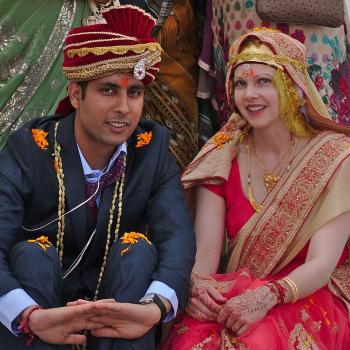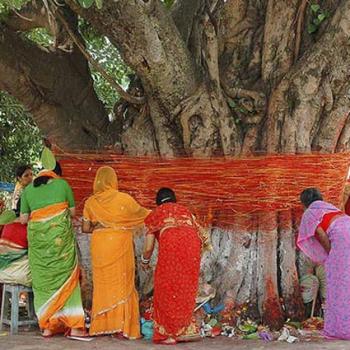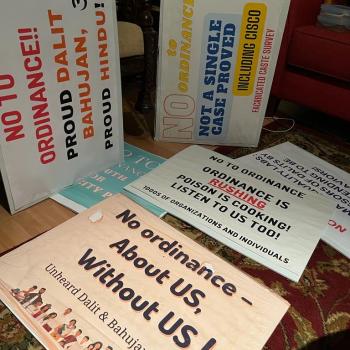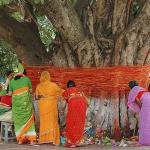
For Hindu’s living in America, 2023 was the year caste dropped in with all the force of a weapon – disrupting long held assumptions of the place and life in America. And while we won some battles (California ) and lost others (Seattle) the war continues. With a new legislative session looming in the coming year, further volleys are expected.
Through it all- one question comes up over and over again –WHY? Perplexed community members and bystanders continually wonder – given the absence of caste discrimination in America, why has this concept been pushed so consistently and aggressively. Its handling in media defies logic, lacks data and does not display even a semblance of even-handedness.
The Weaponization of Caste in America, a new report published by statistician, Dr. Salvatore Babones, Associate Professor at the University of Sydney provides some answers. The report is a fitting bookend to a year dominated by caste conversations. I had a chance to talk with the author and came away with a few key highlights from the conversation.
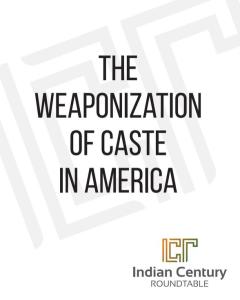

What jumps out is his assertion that an unlikely trio of actors (Muslim, Khalistani and some Dalit groups) have joined together and are using a “bait and switch” to weaponize caste as an issue in the United States. Further, the players involved in pushing a ‘Caste In US’ narrative are often the same ones pushing antisemitic tropes, something that has become evident in the context of the recent flare up in the Israel/Palestine conflict since the horrific massacre of October 7.
During a conversation with the author, what stood out was parallels between methods used to drive antisemitism and anti-Hindu hate. For instance, the Dismantling Global Hindutva conference in 2021 was the perfect example of a bait and switch. Dozens of leading Universities were baited with the promise of debate on what was called a ‘political philosophy of Hindutva’, yet the target was blatantly switched with speaker after speaker denouncing Hinduism itself and calling for its destruction.
Prof Babones adds, “the caste issue is about an anti-India push and not any real effort at addressing discrimination against Dalits in the United States”. Elaborating on the bait-and-switch at the core of the weaponization of caste, he says “Dalits in India are not the same as Dalits in America, 80 percent of whom have post-graduate degrees and predominantly work in a high tech environment.
He also notes that despite the volume of positive media coverage in favor of the bill, Sb403 failed to pick up more than its initial two sponsors-unusual for a bill positioned as an advance for civil rights
A Numbers Trail to Nowhere
Written by a statistician, it is natural for this new report to analyze to analyze the Equality Labs report, which has served as the foundation of the caste activism’s edifice. In a strong repudiation, Prof Babones referred to it as a biased poll of activists.
“The conclusions in that report are just mathematically unlikely,” he says. He calls the Equality Labs survey as deeply flawed statistically and not a reliable measure of the experience of Dalits in the United States given its deep sampling bias and snowball methodology. “All evidence suggests that the 2016 Equality Labs survey should not be taken seriously”.
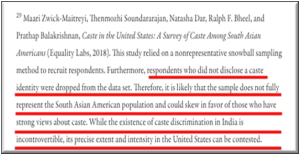
Here we find echoes of the assessment put out by Carnegie Endowment in their 2020 Survey of the Social Realities of Indian Americans which also calls out the unscientific nature of the report in Footnote 29.
Digging further into the numbers that have underlaid the whole narrative, Prof Babones embarks on a quest for the primary source behind the widely cited datapoint that “only 1.5 percent of #Indian immigrants in the United States were Dalits.” So far the source has not been found!
It’s an accepted axiom-we live in an information era. The weaponization of words like caste against specific communities is a powerful illustration of how battles are fought and won in this new paradigm. Diaspora Hindu communities living in ignorance or denial, need to face the reality of this new approach and build strategies accordingly.






